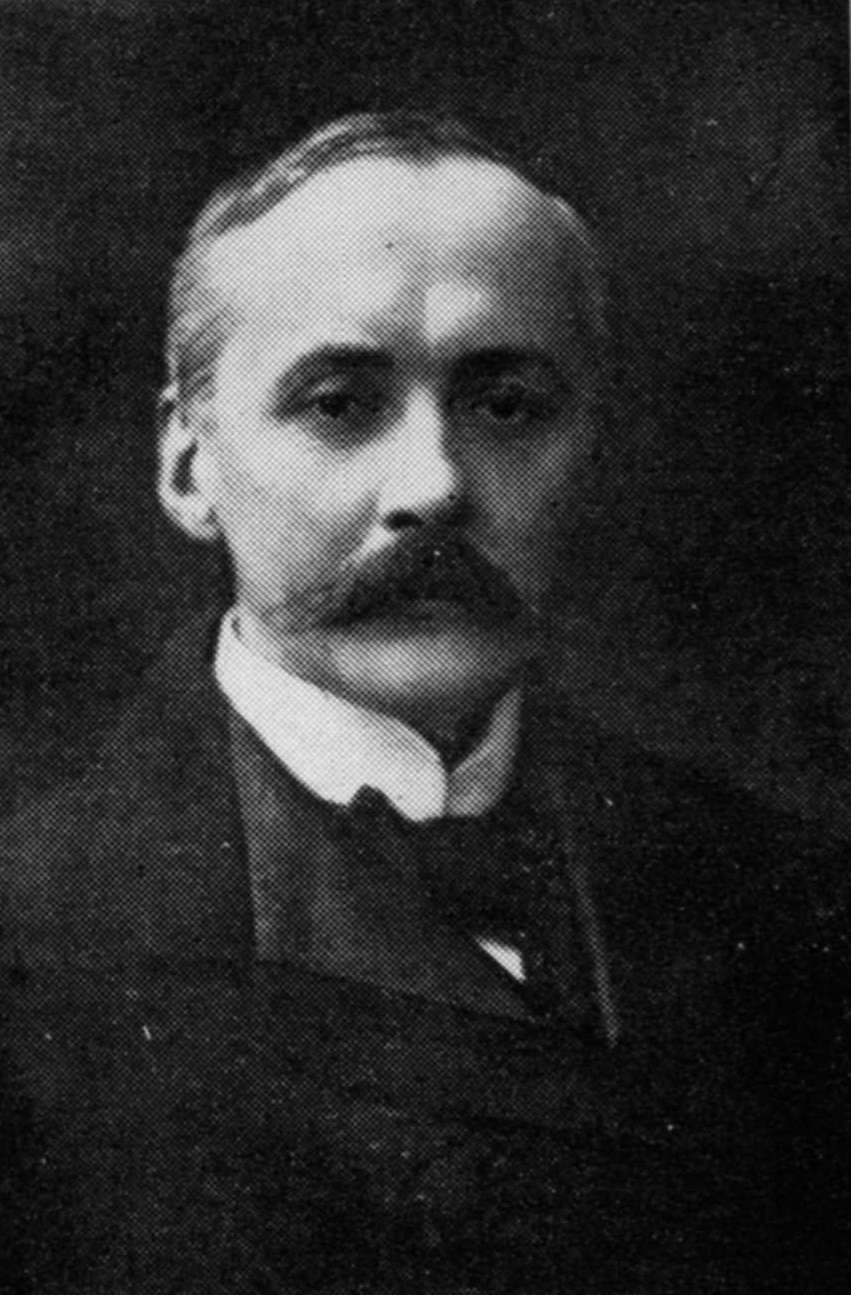 JOHN JAMES BURNET
JOHN JAMES BURNET JOHN JAMES BURNET
JOHN JAMES BURNET MR. BURNET might claim to be an architect by heredity. His
father was one of the most eminent members of the profession in Scotland, and
has left as monuments to his skill such public buildings as the Glasgow
Merchants' House, the Western Infirmary, and the head offices of the Clydesdale
and Union Banks, besides many of the finest mansion-houses in the West of
Scotland, and many churches. The present sole partner in the firm of John Burnet
& Son was the youngest son, and was born at Glasgow, 31st May, 1857. After
receiving his education at the Collegiate School and the Western Academy, he
entered his father's office at the age of fifteen, and attended classes while he
wrought at his profession. Feeling the want, however, of a definite curriculum
in architecture, he went to Paris, and attended the Ecole des Beaux arts from
1874 till 1877. He found himself one of the youngest there, but, nevertheless,
won medals for mathematics and construction, and passed through the classes
among the first of his time. His professor in Paris was M. Jean Louis Pascal,
one of the greatest living architects of to-day, who showed him much kindness
and affectionate thought and interest.
Upon his return to Glasgow Mr. Burnet entered the competition for a design for
the Fine Art Institute, and was successful. The work was very highly spoken of
by the authorities in London, and laid the foundation of its architect's repute
both in this country and abroad. Among the chief buildings which he has designed
since are the Clyde Navigation Trust Offices in 1885, Edinburgh International
Exhibition in 1886, Glasgow Athenaeum, 1886-93, the Barony Parish Church, 1888,
Arbroath Parish Church in 1896, and the Western Infirmary extensions, 1894-1900,
as well as the Gardner Memorial Church at Brechin, and other well-known fanes.
In 1904 he was appointed by Lord Windsor, now Lord Plymouth, then First
Commissioner of His Majesty's Board of Works and Public Buildings, to design the
extensions to the British Museum. As typical as any of his works perhaps are the
little churches at Corrie and Shiskine, in Arran, which so aptly and tastefully
fit and improve their surroundings.
Mr. Burnet travelled in Italy in 1895, and in America in
1896. He is an Associate of the Royal Scottish Academy, a Fellow of the Royal
Society, Edinburgh, the Scottish Society of Antiquaries, and the Royal Institute
of British Architects, and he is a corresponding member of the Société Centrale
des Architects Français, and of the American Institute of Architects. In 1886 he
married Jean Watt, fourth daughter of Sir James D. Marwick, Town Clerk of
Glasgow.
Back to
Index of Glasgow Men (1909)